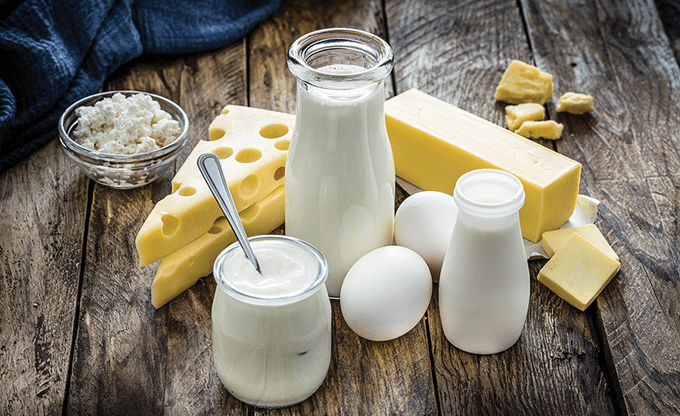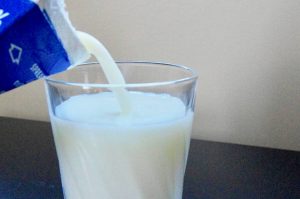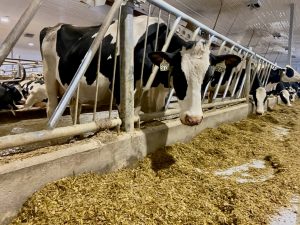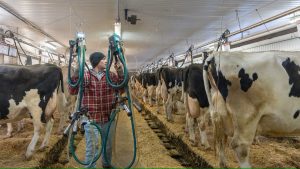
The average cost of milk to processors could increase by an average of 8.4 per cent, according to the CDC in a news release posted on its website Friday.
Butter is another product subject to price adjustment. The support price for butter used by the CDC in its storage programs could increase by 12.4 per cent. The CDC says it stores butter to guarantee an adequate supply and prevent shortages.
The new prices will become official only after they are approved by provincial authorities, a decision likely to come early December 2021.
The recommendations were made after a CDC review of farm gate milk prices and costs within the supply management system, as well as consultations.
“The increase will partially offset a significant rise in production costs incurred by farmers since the start of the COVID-19 pandemic,” Pierre Lampron, president of Dairy Farmers of Canada, told CTVNews.ca in a statement. “For instance, the price of cattle feed has risen dramatically, along with costs of fuel, machinery, fertilizer, seeds for crops and more.”
Exactly how much this will affect consumer prices remains to be seen, but one expert expects to see significant increases.
Although the CDC regularly recommends price increases, “[8.4 per cent] is a historical high,” Sylvain Charlebois, director of Dalhousie University’s Agri-Food Analytics Lab, told CTVNews.ca on Saturday. “It is a precedent.”
He said he doesn’t think the CDC has recommended such a large price increase in its 54-year history.
Charlebois also said he agrees with the need for a price increase due to problems with the supply chain brought on by the COVID-19 pandemic, but takes issue with how the CDC, a Crown corporation, presents its recommendations.
“It’s not farmers who are going to be paying,” he said of the additional production costs as a result of the pandemic. “It’s really Canadian taxpayers and consumers.”
CTVNews.ca was unable to reach the CDC for comment at the time of publication.
In the last five years, the consumer price for dairy has increased by 7.4 per cent compared to 11.8 per cent for meat, 20.6 per cent for eggs and 7.7 per cent for fish, according to the CDC. Supply chain issues and poor weather are behind surging grocery prices, experts say.
Just announced last night: Dairy farmers will get 8.4% more for their milk, more than 12% for butter starting February 1 2022. Milk, butter, yogurt prices will likely skyrocket in the new year. https://t.co/HEfkLKaClv pic.twitter.com/Bj7HX2WKIH
— The Food Professor (@FoodProfessor) October 30, 2021

























